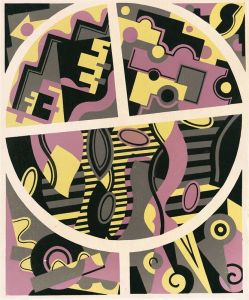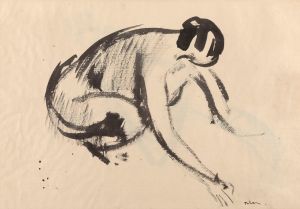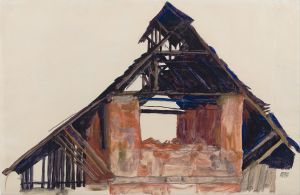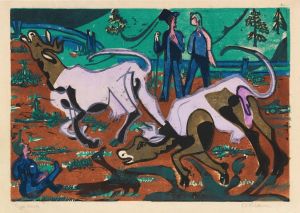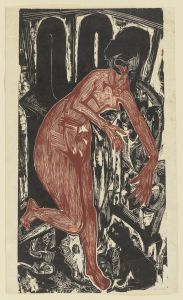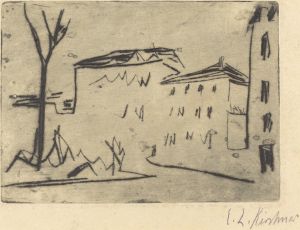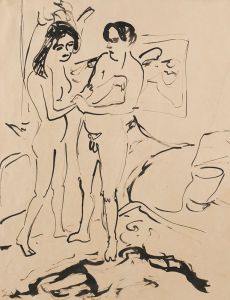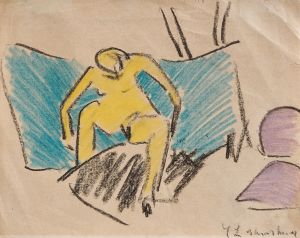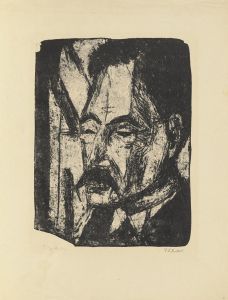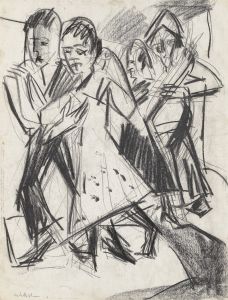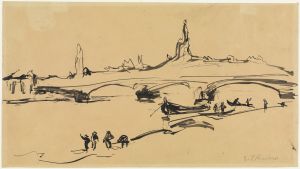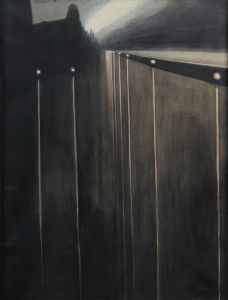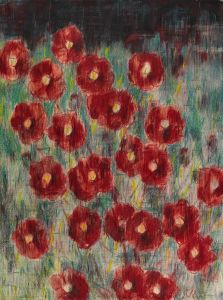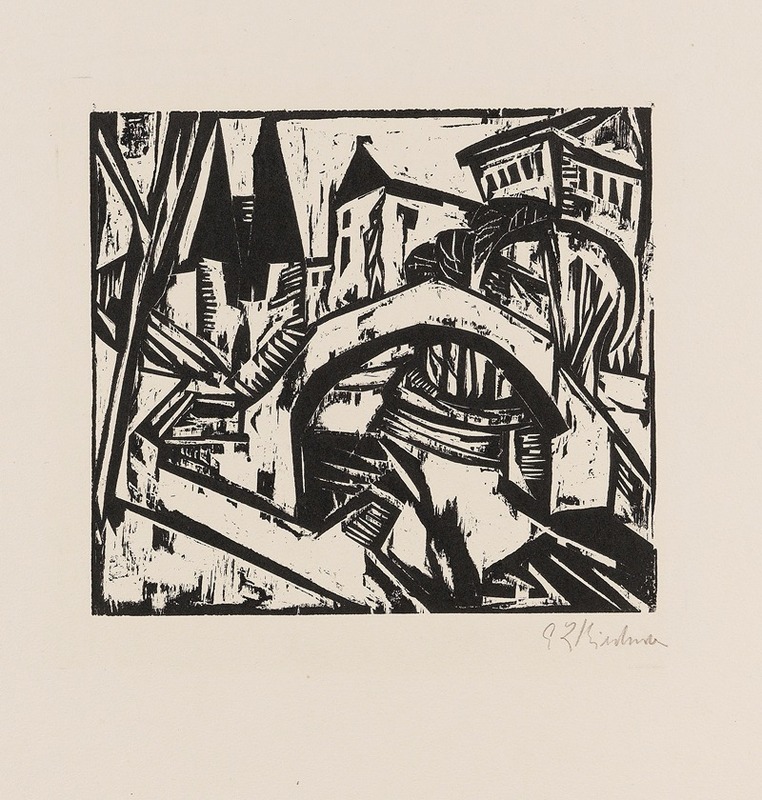
Elisabeth-Ufer
A hand-painted replica of Ernst Ludwig Kirchner’s masterpiece Elisabeth-Ufer, meticulously crafted by professional artists to capture the true essence of the original. Each piece is created with museum-quality canvas and rare mineral pigments, carefully painted by experienced artists with delicate brushstrokes and rich, layered colors to perfectly recreate the texture of the original artwork. Unlike machine-printed reproductions, this hand-painted version brings the painting to life, infused with the artist’s emotions and skill in every stroke. Whether for personal collection or home decoration, it instantly elevates the artistic atmosphere of any space.
Ernst Ludwig Kirchner's painting Elisabeth-Ufer is a work by the German Expressionist artist, created during the early 20th century. Kirchner, a founding member of the influential art group Die Brücke (The Bridge), was known for his vibrant use of color, dynamic compositions, and emotionally charged depictions of urban life and human figures. This painting reflects his characteristic style and his interest in capturing the energy and atmosphere of modern cityscapes.
The title Elisabeth-Ufer refers to a riverside location, likely along the Spree River in Berlin, where Kirchner lived and worked for a significant period. During his time in Berlin, Kirchner was deeply inspired by the bustling urban environment, which became a central theme in his work. The painting likely depicts a scene along this riverside, incorporating elements of the city’s architecture, people, and movement. Kirchner’s Berlin period, which began around 1911, marked a shift in his artistic focus from rural and natural settings to the complexities of urban life.
Kirchner’s style in Elisabeth-Ufer is emblematic of Expressionism, characterized by bold, exaggerated forms and a vivid, non-naturalistic color palette. These elements were used to convey emotional intensity and a subjective interpretation of the scene, rather than a realistic representation. The painting may include figures and structures rendered in a distorted manner, reflecting the artist’s perception of the city as both dynamic and disorienting.
As with many of Kirchner’s works, Elisabeth-Ufer demonstrates his innovative approach to perspective and composition. He often employed tilted angles and compressed spaces to create a sense of movement and tension. This technique was particularly effective in capturing the frenetic energy of urban life, a recurring theme in his Berlin-era paintings.
Kirchner’s career was deeply affected by the events of World War I and his subsequent struggles with mental health. Despite these challenges, his contributions to modern art remain significant, and his works are celebrated for their boldness and emotional depth. Today, Elisabeth-Ufer is recognized as an important example of Kirchner’s exploration of urban themes and his mastery of the Expressionist style.
Further details about the painting’s current location, provenance, or specific historical context may not be readily available. However, Elisabeth-Ufer continues to be appreciated as a testament to Kirchner’s artistic vision and his ability to capture the essence of early 20th-century urban life.





